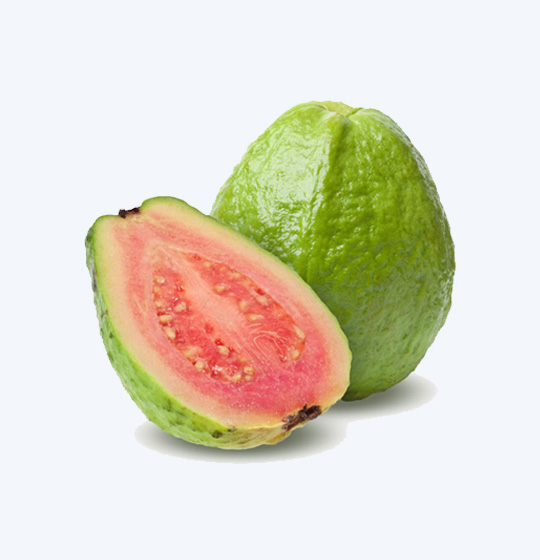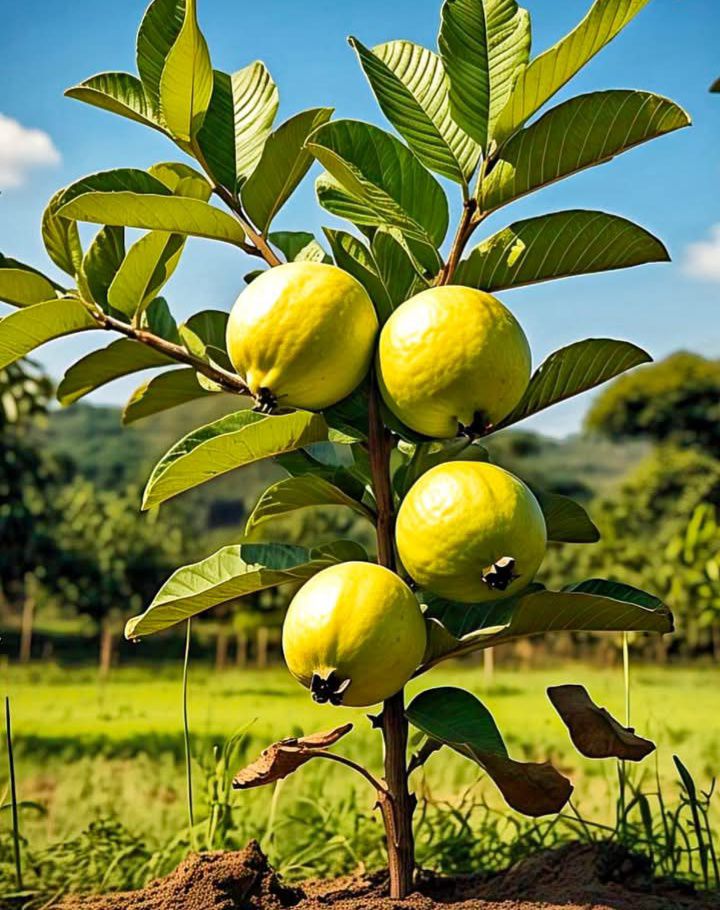Indonesia, renowned for its diverse agriculture, is home to various tropical fruits, one of which is guava (locally known as jambu). As a highly nutritious and versatile fruit, guava plays an important role in local diets and shows potential for expanding into international markets. This article explores guava production in Indonesia, from cultivation and economic significance to challenges and prospects.
Guava: A Versatile Tropical Fruit
Guava is celebrated for its health benefits, being rich in vitamin C, fiber, and antioxidants. With its sweet-tart flavor and multiple varieties, including red-fleshed and white-fleshed types, guava is consumed fresh, processed into juices and jams, or used in desserts. Its adaptability makes it a staple in Indonesian households and an increasingly popular export product.

Guava Cultivation in Indonesia
Guava thrives in Indonesia’s tropical climate, which provides the warm temperatures and rainfall essential for its growth. The fruit is typically cultivated by smallholder farmers in regions such as Java, Sumatra, and Bali. Guava trees are relatively easy to grow, requiring well-drained soil and minimal chemical inputs, making them a sustainable crop option.
Key Steps in Guava Cultivation:
- Planting: Farmers grow guava trees from seeds or grafted saplings. Grafted plants are preferred for their quicker yield and disease resistance.
- Maintenance: Pruning, irrigation, and pest control are essential to ensure healthy growth. Organic farming methods, such as natural pest repellents, are gaining popularity.
- Harvesting: Guavas are harvested year-round, with peak seasons depending on the region. Farmers pick the fruit when it reaches optimal ripeness to ensure quality.
The Economic Impact of Guava
Guava farming is a source of livelihood for many small-scale farmers in Indonesia. The domestic demand for guava remains strong, driven by its affordability and health benefits. Additionally, processed guava products, such as juice and dried slices, have seen increasing demand in local and export markets. This has encouraged farmers and entrepreneurs to invest in guava cultivation and processing.
Challenges in Guava Production
Like any agricultural endeavor, guava production in Indonesia faces challenges, including:
- Pest and Disease Management: Guava plants are susceptible to pests like fruit flies and diseases such as wilt, requiring effective management strategies.
- Post-Harvest Losses: Inadequate storage and transportation infrastructure can lead to spoilage and reduced profitability.
- Market Access: Expanding guava exports requires compliance with international quality standards and establishing trade networks.
Opportunities and Future Prospects
Despite the challenges, guava production in Indonesia holds significant potential. Here are some promising opportunities:
- Export Growth: With rising global interest in tropical fruits, Indonesian guava producers can tap into markets in Asia, Europe, and the Middle East.
- Value-Added Products: Developing guava-based products, such as purees, powders, and health supplements, can increase profitability.
- Sustainable Practices: Promoting organic farming and eco-friendly packaging aligns with global consumer preferences and boosts market appeal.
- Agro-Tourism: Guava farms can diversify income streams by engaging in agro-tourism, offering visitors a hands-on experience of farming.
Guava production in Indonesia is more than a thriving agricultural sector—it represents an opportunity to enhance rural livelihoods, promote sustainability, and meet the growing demand for healthy, natural foods. With strategic planning, investment in infrastructure, and government support, Indonesia’s guava industry is poised to flourish and make a lasting impact on both domestic and international markets.
